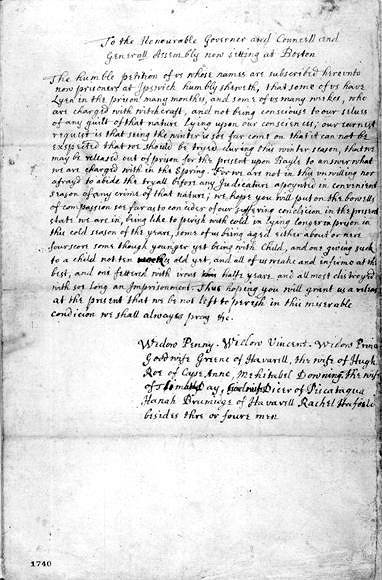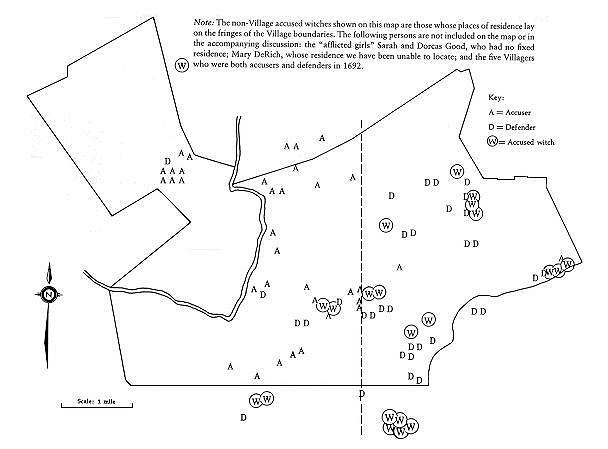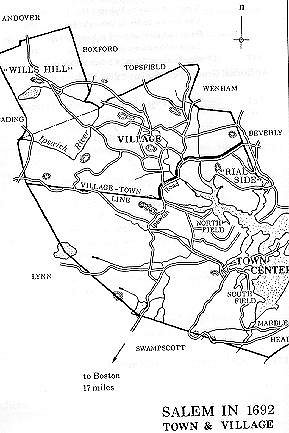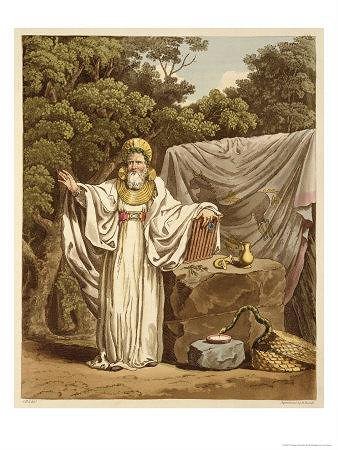Beyond Tiki, Bilge, and Test / Bilge / Because All Hallows' Evening approaches...
Post #339387 by The Gnomon on Fri, Oct 19, 2007 1:15 PM
|
TG
The Gnomon
Posted
posted
on
Fri, Oct 19, 2007 1:15 PM
Nobody here has asked me to break it down, but being a gnomon descended from a long line of gnomons, I seem to get asked about this every year around this time, so... Does the following statement ring true? Halloween is a time of ghosts, goblins, and evil spirits, of chaos, horror and fear; conjured up by the witches of yesteryear and celebrated to the present day largely due to marketing ploys of the corporate world. Although there is some truth in that statement, the reality is considerably different. Halloween is a time when spirits of past and present are most easily united or reunited. Pagans from deep antiquity up to the present day were and are aware of such things. There is nothing Satanic about Halloween. While Halloween is a money-maker for corporations worldwide, pagans are the ones who actually maintain the traditions. There are many different kinds of pagans, most of which can be referred to as witches. All Wiccans are witches, but not all witches are Wiccan. Most witchcraft is not Wicca, although today Wicca seems to be the most popular, especially, as it is the most accessible to the general public. Wicca is a neopagan resurgence of witchcraft that began developing into a variety of branches beginning in the late 1950's to early 1960's, largely influenced by Gerald Gardner's foray into witchcraft in the late 40's and 50's that presumably originated from a secret coven of British witches with mesopagan lineage. Essentially, any neopagan witchcraft you might encounter will be Wiccan. There are probably 15 or 20 different classifications of witchcraft, some overlapping others. Wicca applies to several of them, but not to any mesopagan or paleopagan traditions. Witches throughout history were pagans whose practices would from time to time disturb mainstream society to the point of lashing out with deadly violence. That violence was, of course, justified in the name of cleansing the unholy. This happened to the witches of Salem, Massachusetts and throughout New England in colonial times. Here's a petition from some accused Salem witches seeking bail. Bet they didn't get it.
Here's a map of Salem showing the locations of accused witches, accusers, and defenders; a map of the area at the time showing the village and the town; plus, a more or less current aerial view. Ultimately, trials took place and the hanging tree was a busy place.
We celebrate Halloween on October 31, but the ancient holiday was a three day event, October 31 through November 2. Among the paleopagans of the world, the Druids celebrated high holidays whose evolution has come to define the pagan calendar. New Year for pagans is a magical time that exists between the end of Summer (Light Half of the Year) and the beginning of Winter (Dark Half of the Year). The New Year holiday is called Samhain (pronounced SOW-en). In an effort to downplay any value to pagan customs, Christians would claim pagan holidays and popular traditions as being their own. The festival of Samhain became "All Hallows' Evening (October 31), All Saints' Day (November 1), and All Souls' Day (November 2). All Hallows' Evening was contracted into Hallow-e'en, and then simply Halloween. Here's a rendering of an Arch Druid conducting a ritual.
Druids were an extremely organized people with an exceptional appreciation for the order in the Universe, yet at the time of Samhain, between the Summer and the Winter, they celebrated by reveling in chaos. They would do all sorts of mischievous pranks and championed odd behavior for that one time of the year. One odd thing they would do was to go door to door begging for food. Hee! Hee! Hee! How silly. This practice evolved into gangs of young men and older boys blowing horns and going farmhouse to farmhouse extorting money and goodies, in good fun for all concerned. Makes you want to say, "Trick or treat!" One of the most important aspects of Samhain is that it commemorates a time of year when the "veil" that exists between the world of mortal being and the world of the spiritual beyond is at its thinnest. As such, Samhain is a celebration of the union and reunion of the spirits of mortal beings and ancestors who have passed on. Now for non-pagan society, spiritual visitation from beings that have died has always been really freaky. For them, the time of year is scary, so they deal with it more in the form of ridicule. But to pagans, the festival honors those who have passed before, but rather as living spirits from the past. This of course, they do year round, but when the veil is as thin as it is at Samhain (end of Summer), it calls for a holiday. The ancient Druids had four high holidays, Samhain, Oimelc, Beltane, and Lughnasadh. Later, these became the four Major High Days with four Minor High Days, the synodic midpoints between the Major High Days, marking the transition from each of the four seasons to the next. It is a relatively recent practice (a century or so ago) to refer to the four Major High Days as Fire Festivals. These celebrations are based on astronomical events and how they affect nature. As the pagan societies that cultivated these traditions were situated in the Northern hemisphere, the dates are of Northern Hemispheric orientation. In the Southern Hemisphere, the dates are shifted such that Samhain is considered to be on about May 1, Yule is about June 21, and so on. Keep in mind, the dates we use, even in the Northern hemisphere are somewhat arbitrary, as we set the dates in stone for the sake of the calendar and planning. In ancient times, each year's High Days were determined by the actual positions of the Sun, Moon, and Earth. When it comes to the veil between the worlds, in the Northern Hemisphere it is thinnest around November 1, whereas in the Southern Hemisphere it is thinnest around May 1. This suggests that the relationship between the two worlds is a cosmic arrangement (regulated by the same forces that control the seasons—Earth, Moon, Sun, and the Galaxy). The dynamics in the tropics are different than in the North and South, as you might expect in a zone between two opposites. How can you tell when the veil is thin? When contact between yourself and those who have passed is easiest, most frequent, and especially when the contact is unsolicited by you. The fact that the veil is thin is a matter of nature, not something invented by pagans. Everyone has the predisposition to encounter living spirits that have exercised their mortality. To most, the phenomenon is rather unnerving and, at times, can be bone chilling. The fact that pagans from antiquity have recognized, studied, trained themselves to facilitate, and celebrated this glorious phenomenon is part of what has made witches, wizards, and pagans of all sorts seem evil and unholy to those who lack understanding. Here is a summary of the eight High Days: Samhain (SOW-en)—October 31 – November 2 As the time grows near to Samhain, be aware of your spiritual visitors. They know how to party! Big time! Beyond time! If you can, try not to freak out should you be fortunate enough to find yourself in their presence (or vice versa). They're into chillin' with you, so if you freak out, they'll leave. Most likely you'll encounter them in your dreams, which are surreal enough to where you won't realize they are spirits from the past until you wake up anyway. Most people are too distracted to notice the presence of spiritual entities during the day, so they are a little more attentive at night. But even at night, most people in modern times are still heavily distracted. In olden days there was no TV or radio or much of anything to do but stay at home. The time when people have the fewest distractions is when they are sleeping, so you can expect your dreams to be where you will encounter most of your contacts, unless you have natural sentiency of subtle energy or have trained and developed such sentiency. Certain mind expanding ...err... um... supplements tend to break down internal barriers that impede the operation of one's natural sentient abilities. Not advising or prescribing anything...just saying. BTW, the veil is not so thick that you cannot make such contacts year round, especially, if you have some experience in communicating between worlds. Samhain is a good time of year to gain that kind of experience because nature has provided an easy gateway by weakening the veil at this time of year. I hope you all enjoy your Festival of Samhain. [ Edited by: The Gnomon 2007-10-30 13:14 ] |





